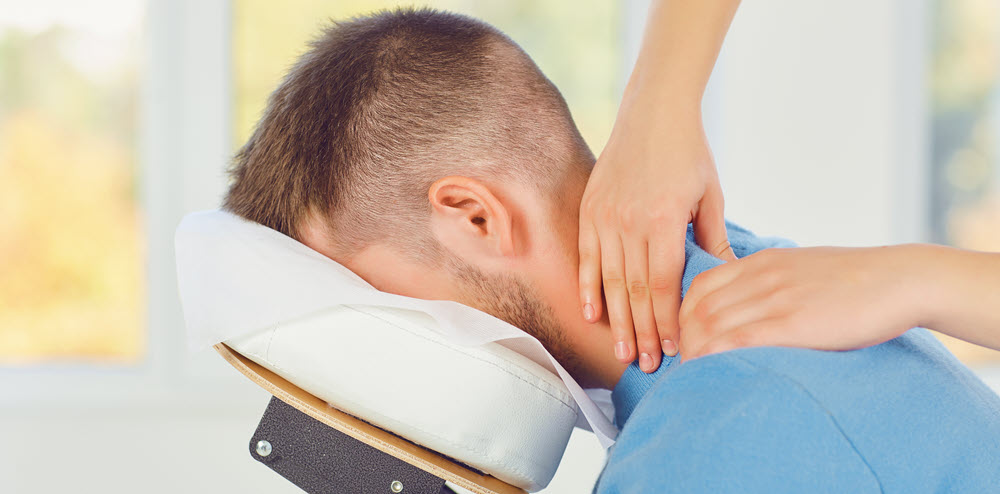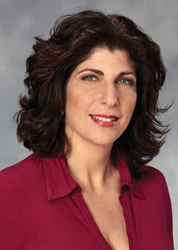How To Choose the Right Massage Therapist
You’ve just had the most stressful week of your life to date, or every muscle in your body aches from the workout at the gym, or you just want to relax and escape from reality (or the kids) for an hour. Wouldn’t a massage be an answer to all of the above? Of course, it would, but where do you go?
How do you choose a Massage Therapist in Long Island?

With the ever-growing popularity of massage, there are a number of salons and spas offering all types of massage and bodywork. There is also an increasing number of individuals advertising de-stressing, relaxing, “healing” treatments.
Searching for the right massage therapist on Long Island can feel overwhelming, especially with so many options available across Nassau and Suffolk counties. Whether you’re looking to relieve stress, ease chronic pain, or recover from an injury, finding the right therapist is crucial.
The first thing you need to know is what the difference is between “hands-on” full-body massages and energy work. Massage has been around since the beginning of time. Each culture has developed its own style, each with its own unique approach, but still based on the same principles and desired outcome. Overall health and balancing of the body and its many systems. The most common types of massage can be broken down into two categories: European/Swedish style and Oriental.
The Most Common Types of Massages
The European or Swedish style focuses on the manipulation of the body’s soft tissue including muscles, tendons, ligaments, and connective tissues. It generally involves the use of oils or creams applied through gliding and squeezing strokes that affect the musculoskeletal, circulatory, and lymphatic systems of the body. The therapeutic benefits are the release of chronic tension and pain in muscles, improves circulation, increases flexibility in the joints, and reduction of mental and physical fatigue. There are many different forms of therapy styles, Thai, Structural Integration, Trigger Point Therapy, Myofascial Release etc. Please make sure you fully understand what the treatment entails before you get on the table.
There are numerous types of Oriental massages. The most common styles are the Japanese Shiatsu and the Chinese Amma. Both are ancient healing therapies that combine oriental medical principles and the understanding of the energy channels or meridians that run through the body, in order to restore, promote and maintain optimum health through treatment of the physical body. There are no oils involved, however, there may be the use of lineaments on specific areas. Gentle manipulations and the use of acupressure (not acupuncture, which requires the use of needles and an Oriental Medical Doctor’s Degree) point to restore, balance, and facilitate the flow of energy throughout the body. The benefits are numerous including relief from stress and tension and muscle ache, however, these therapies are excellent for medical ailments such as respiratory infections, TMJ, digestive disorders, arthritis, and many more.
Both types of massage are excellent and have many things in common including the fact that they must be given only by a qualified therapist. Some states require licensing others certification. Either one means that the therapist has gone to school and received the proper training to administer the treatment. You should never allow anyone to perform any type of physical manipulation on your body unless they have provided proper qualifications.
Energy Work & Energy Healers
This brings me to the definition of energy work. Along with the new appreciation for massage and its benefits, there has also been a rising interest in “energy healers”. Reiki and Chi Kung are currently two of the most popular forms of energy work. These types of therapies are wonderful and can be just as therapeutic as a full body massage, but they do not require hands-on manipulation of the body (sometimes hands are placed lightly on specific areas but no manipulations), and most importantly they are not regulated by the state. The practitioner concentrates on balancing the body through its energy fields. There are three levels to Reiki, the last resulting in Master ship, however, the training for each level is only two days. Now without regulation, you can see how one can be taken in by a person claiming to be a healer. Unfortunately, the greedy ones ruin it for those who are true practitioners. So please make sure that you thoroughly check out the person before you go to them. No honest practitioner would be insulted if you asked for references.
I recommend that for your first massage, you should try the European/Swedish style massage and then if you are comfortable with that and receptive to the idea of energy balancing you should then try the Oriental style. Be sure to try as many different styles as you never know which one will really “speak” to you.
Before you can consider which type of massage you would like you have to choose a therapist. The best way to pick a therapist is through referral. Your friends, family and your doctor can be a great source. As mentioned earlier, massage can be found at local spas, hair salons, and chiropractor’s offices. There are therapists who have their own private practices with their own treatment rooms and/or will make out-calls to your home.
Understand Your Needs
Before you begin your search, it’s essential to identify your goals for massage therapy. Are you seeking relaxation, pain relief, or treatment for a specific condition? Some common massage techniques include:
- Swedish Massage: Ideal for relaxation and stress relief.
- Deep Tissue Massage: Targets deeper layers of muscle for chronic pain and tension.
- Sports Massage: Designed for athletes to prevent and treat injuries.
- Trigger Point Therapy: Focuses on specific areas of muscle tightness.
Knowing your needs will help you choose a therapist who specializes in the right techniques for you.
What to Keep in Mind When Choosing a Massage Therapist
Here are a few things to remember when you are choosing a Massage Therapist:
- Make sure that the therapist is qualified and has presented proper certifications.
- You must be comfortable with the therapist. There is no point in getting a massage if you’re going to be on edge the whole time.
- Make sure that the therapist takes a complete medical history before starting the treatment. Certain conditions are considered contraindications for the European massage (i.e. high blood pressure)
- Understand that while you are usually required to disrobe, you may leave your underwear on and you should be properly draped (covered with a towel or sheet) at all times. Only the area being worked on should be exposed.
- If you are uncomfortable with certain areas being touched or the therapist’s touch is too hard/soft for you, tell this to the therapist. Communication is essential, you need to work together.
- You may be a little sore after your first massage, however, if you are in major pain then the therapist worked you too hard, so make sure to tell her the next time.
- If you did not like the massage or the therapist do not let that stop you from going to someone else. Finding the right therapist is like finding the right doctor. You need to feel secure with and have confidence in him or her.
Look for Licensed Massage Therapy Professionals in Long Island
Always choose a licensed massage therapist (LMT) who meets the state requirements for training and certification. In New York, LMTs must complete a minimum of 1,000 hours of education and pass a state licensing exam. Verifying a therapist’s credentials ensures they have the necessary skills and knowledge to provide safe and effective treatments.
Check Reviews & Recommendations
Reading reviews from other Long Island residents can provide valuable insights into a therapist’s expertise and customer service. Look for testimonials on platforms like Google, Yelp, or local wellness directories. Additionally, ask friends or family for recommendations if they’ve had positive experiences with local therapists.
The relationship between therapist and patient is one of confidentiality and trust. You work together to relieve the tension, aches, and pains while balancing the body’s systems to maintain a healthy and happy life. Massage is one of the best ways to combat the daily stresses of our all hectic lives. It is not asking a lot, even though you may feel like it is, to take time out for yourself. Your health and peace of mind are worth an hour of your time!
Book a massage therapy with Marjorie Brook, LMT. With over 25 years of experience, raving Google reviews, and as the creator of the Scar Tissue Release and Integrated Therapies (S.T.R.A.I.T Method™) you won’t find a better therapist on Long Island than Marjorie.
》A B O U T M A R J O R I E B R O O K
 Marjorie Brook, LMT is a massage therapist, author, and international educator. For over 25 years, she has specialized in scar tissue release and massage therapy. She works from the fundamental belief that your body is intuitively aligned with the thoughts you think, the emotions that you feel, and the things that you do. She founded Brooks Seminars in 2007 after working for a decade as a nationally recognized massage therapist with a private practice on Long Island. She is the creator of the Scar Tissue Release and Integrated Therapies (S.T.R.A.I.T Method™) and offers continuing education courses on this method all over the world. Her articles have appeared in magazines such as Massage Today, American Fitness, and Massage World. She’s approved by the National Certification Board for Therapeutic Massage and Bodywork, the Massage Therapy Association of Alberta, and the College of Massage Therapists of British Columbia.
Marjorie Brook, LMT is a massage therapist, author, and international educator. For over 25 years, she has specialized in scar tissue release and massage therapy. She works from the fundamental belief that your body is intuitively aligned with the thoughts you think, the emotions that you feel, and the things that you do. She founded Brooks Seminars in 2007 after working for a decade as a nationally recognized massage therapist with a private practice on Long Island. She is the creator of the Scar Tissue Release and Integrated Therapies (S.T.R.A.I.T Method™) and offers continuing education courses on this method all over the world. Her articles have appeared in magazines such as Massage Today, American Fitness, and Massage World. She’s approved by the National Certification Board for Therapeutic Massage and Bodywork, the Massage Therapy Association of Alberta, and the College of Massage Therapists of British Columbia.
